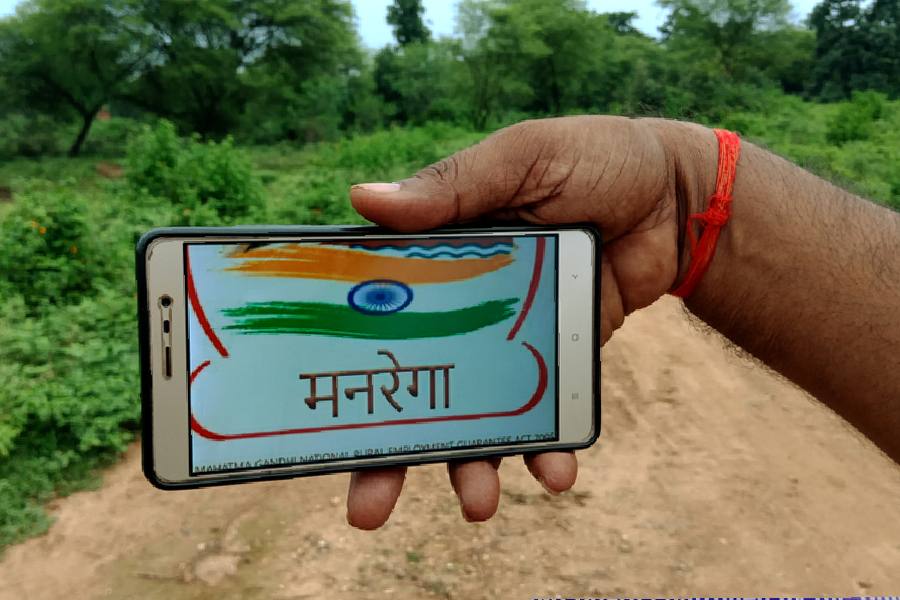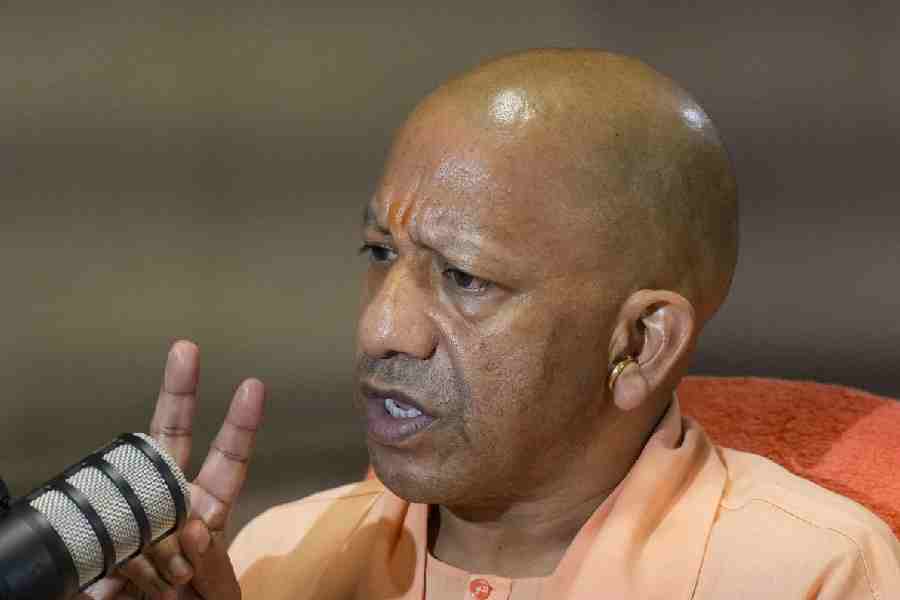The nation is the dominant flavour in the subcontinent and in some other parts of Asia in the month of August. This has to do with the fact that as many as eight Asian nations — not just India and Pakistan but also the two Koreas, Afghanistan, Indonesia, Singapore and Malaysia — celebrate their respective Independence Days this month. The nation is a capacious idea. But the register of public veneration for the nation can be peculiarly selective. This is because accounts and reconstructions, literary and mnemonic, of love and longing for one’s country by those who have been forced, by personal or historical circumstances, such as the drawing of arbitrary lines on a map by the colonial pen, to leave one’s nation behind — the refugee, the migrant, today’s immigrant (ghuspaithiyas?) — seldom find a place in the official discourse on, and test of, patriotism.
This is a strange contradiction, a deficiency. That is because the nation, no matter how fortified by borders and talon-like concertina wires, is still porous, receptive to being imagined — even reimagined — by the itinerant. For instance, in Pakdondi, which speaks of a time when the geographical contours of modern India were yet to be fleshed out, Leela Majumdar reflected on one of her childhood pleasures: listening to stories of her desh, a village next to a mighty river in Mymensingh in undivided India, and imagining desh, even though she had never set eyes on it, to be a lush, quiet land dotted with shady trees and ponds with calm waters reflecting dense foliage.
Imagination may be the only paintbrush available to those like Majumdar who, having no means of returning to their land, chose to resurrect it, embellish it, with their mind. But for those with a lived experience of a land that they had then been banished from, memory, rather than imagination, becomes the preferred compass to navigate that elusive — now forbidden — territory.
One of the pioneering examples in Bangla of the literary genre that, these days, is referred to as the ‘literature of the exiled’ was published, some forty years ago, by bringing together two volumes. Dakshinaranjan Basu’s Chhere Asa Gram is a work of historical, political and anthropological importance as well as a literary novelty for a number of reasons. A compilation of the voices of men and women displaced from erstwhile East Bengal mostly between 1947 — the year of Partition — and 1950 (and perhaps beyond), it weaves together memories of, incisive observations on, and nostalgia of an uprooted, ordinary people — the deshchhara — regarding the desh that they had been forced to leave. Basu was a journalist with stints in such publications as Bande Mataram and, later, Jugantar. The scale of his research in this book is impressive; he brings together the words, opinions and sentiments of men and women from as many as 18 districts and 64 villages of erstwhile East Bengal. Strikingly, none of the respondents is named. Even though they remain anonymous, their gender can be guessed at, in some instances, from the tenor of their observations. What is given by way of a marker of belonging — unbelonging is perhaps the right word in this context given their uprootment — are the names of the respondents’ villages and the districts. This effacement of the personal and, simultaneously, the diffusion of the personal with geographical signposts, are strategic choices on the part of the author, meant to convey the enduring, if subterranean, bond between a land and its outcasts in spite of the latter’s forced disappearance from that nation’s recorded history, arguably even from historiography.
What the unnamed respondents of Chhere Asa Gram mostly chronicle are their spontaneous reminiscences of East Bengal’s cultural and folk traditions, its ecological fecundity as well as grim social realities that led to the fracturing of the land that then spat them out. Thus, reminiscing about life in Kamalpur in Mymensingh, a respondent speaks of significant events in the village calendar that included not only a grand Durga Puja but also dusky evenings chiming with the melody of the humbler, more intimate, kabigaan gatherings. From Sabhar in Dhaka comes the recollection of the martial prowess of one Hiru Sardar whose skills with the chhori mesmerised an entire village during the celebrations of the Bengali new year that went deep into the summer night. Another contributor, in a bid to describe life in a village in Rajshahi, recalls the howling wind during a kalbaisakhi and the dull sound of fruit dropping from the trees. There is also a snippet of Majil Saheb, an old Muslim man, who, on witnessing the gathering darkness of sectarianism, spends his time entreating his Hindu neighbours not to leave Kanchabalia in Barishal: “If the Hindus leave the village, who will we live with?”
The first part of Chhere Asa Gram was published in 1963; its second part came out five years later. The then East Pakistan government, Basu writes, banned both parts of the book. Although Basu does not specify the exact reason, the cause cannot be dissimilar to the discomfiture that makes the modern State frown upon the literature of the displaced and the dispossessed. The notion of the Westphalian State, a sovereign entity with demarcated territory, disproportionately influences contemporary ideas of nationhood and, in turn, nationalism, the domineering and dominant ideological and political force in India and much of today’s world. But this idea of the nation as a watertight entity, geographically and, increasingly, denominationally, is rendered vulnerable, effete, by the storytelling and other oral traditions as well as by the literature of the exiled because of the capacity of memory and imagination, the
elements fundamental to such chronicling, to transcend seemingly impregnable borders.
And what if borders turn out to be an artifice? Could such a realisation, an emancipation, bring in its wake tantalising but also troubling reflections that challenge received ideas of what or who is a sovereign? Is a sovereign, State or person, one with clearly delineated borders and identity? Or is the true sovereign an entity or a being capable of exposing the futility of such narrow confinement?
The modern migrant, on the run from forces potent and predatory — a majoritarian State, an avenging climate — is a person in a herd that has been marked out, within and outside India, for vilification: he should, in other words, be putty in the hands of the adversarial State. But in his ability, power, to reclaim, conjure, in the recesses of his mind, what he has been wilfully denied, a sense of belonging to a land, his land — distant but never out of mind, made and remade with bits of myth, imagination, and pining — the migrant is transformed and emerges, titan-like, as something more than a person — as an idea — with an arsenal of questions for the State that it cannot hope to evade even by banishing the quester to roam the Earth.
uddalak.mukherjee@abp.in










